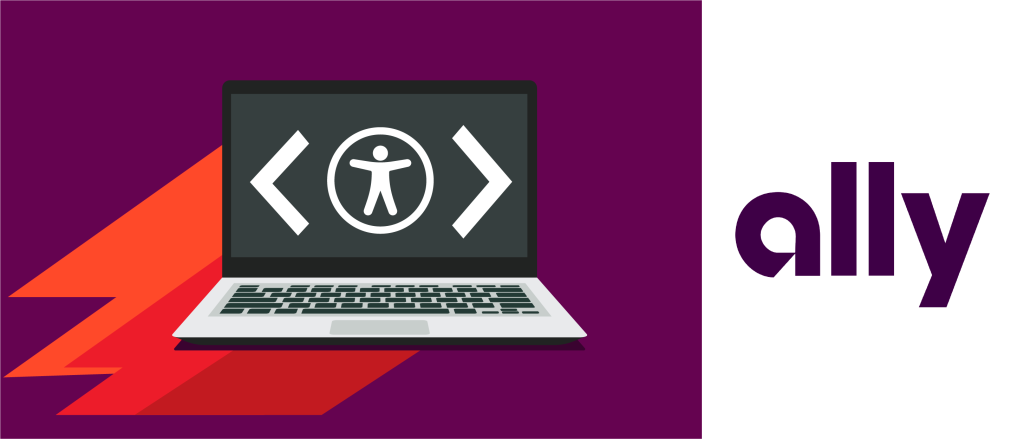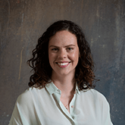Ally is a digital financial services company that’s committed to “doing it right” for its consumer, commercial, and corporate customers. The award-winning digital direct bank touches corporate finance, middle-market, securities brokerage, and investment advisory businesses.
At its core, Ally believes they have a responsibility to make a positive social impact on the world. This value is embedded into the fabric of their business and culture and has been a motivating factor for making their platform accessible to people with disabilities.
Recently, I had a chance to sit down with Kimmy Kaplan Dowdee, UX Inclusive Design Director, CPACC, at Ally, to discuss the highlights of building Ally’s accessibility program. Her insights below provide an inside look into the factors that drive impactful accessibility changes for Ally’s customers.
Customer-driven culture leads to powerful accessibility changes
The Ally team recognized the importance of digital accessibility early on– after all, inclusion is at the crux of Ally’s culture. “Accessibility is not for a small number of people– it’s for all,” emphasizes Dowdee. Under Dowdee’s lead, the development team at Ally learned to prioritize digital accessibility with the intention of improving user experience rather than simply pushing to meet compliance standards. This approach has ultimately led many of their web pages to be “axe clean” or zero issues found using the axe DevTools browser extension– a major achievement for their team.
“Because we are a digital bank, the main interaction our customers have with us is digital,” explains Dowdee. “For this reason, we need to make sure that regardless of background, disability, where you’re from, or who you are, you have a good experience with us. We try to take that lens from the get-go with accessibility.”
Dowdee has a background in design, so she understands that designers can often get caught up prioritizing aesthetics over accessibility. However, she notes that integrating accessibility throughout the design process ultimately leads to better experiences for all users, not just those with disabilities. Early on, Dowdee saw the need to focus on their design system and get more robust technical knowledge of accessibility across the design and development teams.
“When I first took on the role of UX Accessibility Specialist, I recognized that we needed to revisit our current design system,” recalls Dowdee. “I was curious how we could build accessibility into our pattern descriptions to ensure that when a teammate goes to that library, we not only include UI requirements and functionality expectations, but we also include accessibility documentation.”
Allyship Throughout the Design and Development Process
To build a robust technical knowledge base, Ally took advantage of the learning material on Deque University and Deque’s axe tools to understand a user’s expectations of engaging with their platform. This prompted Dowdee and her team to evaluate their entire design system for accessibility. This led to the improvement of their library of patterns and components with accessibility expectations built in.
“Building a website with constraint ultimately leads to a better design and pushes Ally to be more innovative,” explains Dowdee. “Initially, we needed help from Deque to set up our program, and I’m particularly proud of the way that we’ve always pushed for the experience rather than the compliance, which has been the core focus of our digital teams.”
Dowdee notes that the axe DevTools browser extension is required as part of the development process at Ally– not just for catching errors, but also for teaching developers along the way through WCAG references and suggestions on how to fix issues. The Ally development team also integrates the axe-linter for VS Code to make their development process “smarter and more efficient.”
Ally’s dedication to sustainable accessibility practice and ongoing education helps them remain consistent in their goal– to be the ally that their customers need. “Accessibility technical training wasn’t something we initially had, but once we started digging deeper, we knew we wanted to bring it in-house,” Dowdee reflects. “Continuing to expand this education and knowledge to the larger Ally digital team is extremely important to me and our accessibility program.”
Deque University access is provided to all new Ally team members who want to get up-to-speed on accessibility concepts and technicalities. Some members of the Ally team are even pursuing industry-recognized accessibility certifications such as the Certified Professional in Accessibility Core Competencies (CPACC) and Web Accessibility Specialist (WAS) and use Deque University to help them prepare.
“Working Better Together”
Ally aims to make banking smarter and simpler while serving their community, which is why they value the mantra, “working better together.”
“This is about all of our customers,” explains Dowdee. “We never know what’s going on in our customers’ lives, so we want to future-proof our products for ourselves as well as our customers that we hope to retain and gain. It’s all about that journey.”
As Dowdee and her team exemplify, sustainable accessibility practice begins with creating and maintaining a strong design and development culture that incorporates accessibility from the very beginning. The Ally team is evidence of the success that can stem from practicing accessibility with a customer-first mindset and sharing the responsibility of an accessible experience across the organization.

